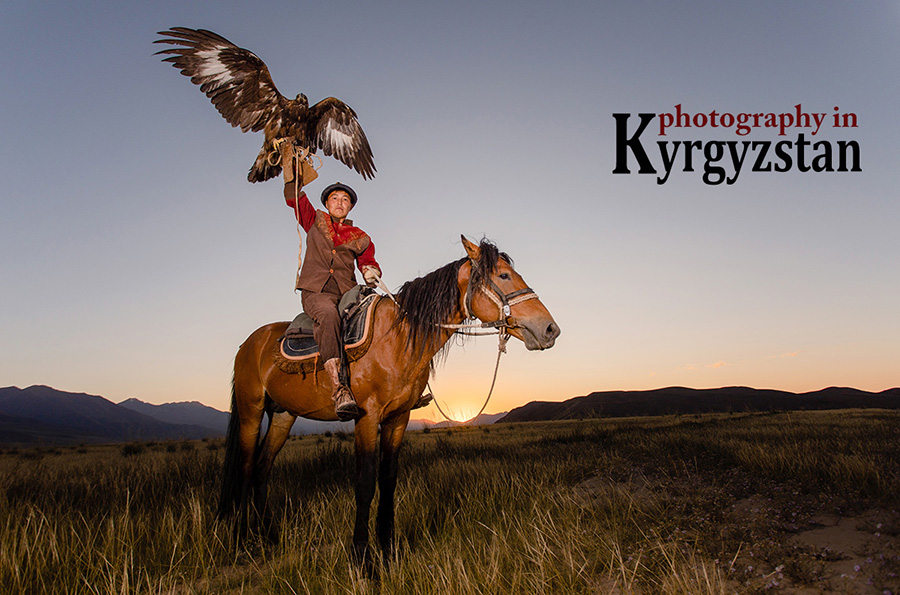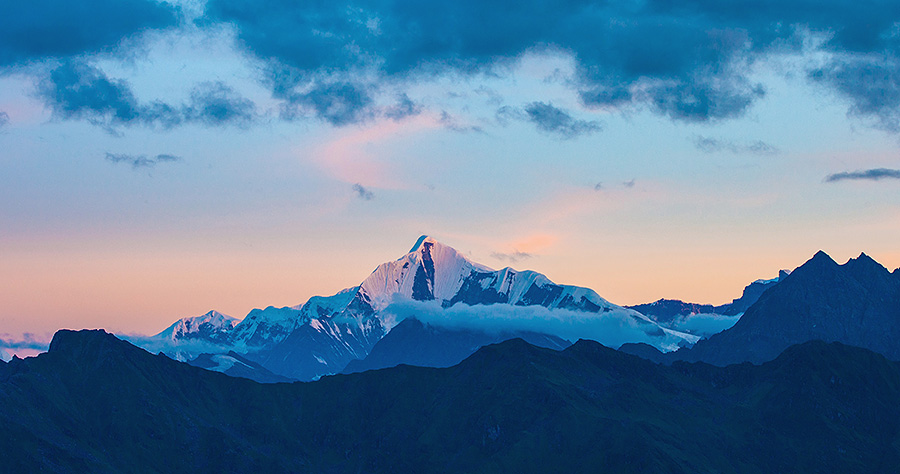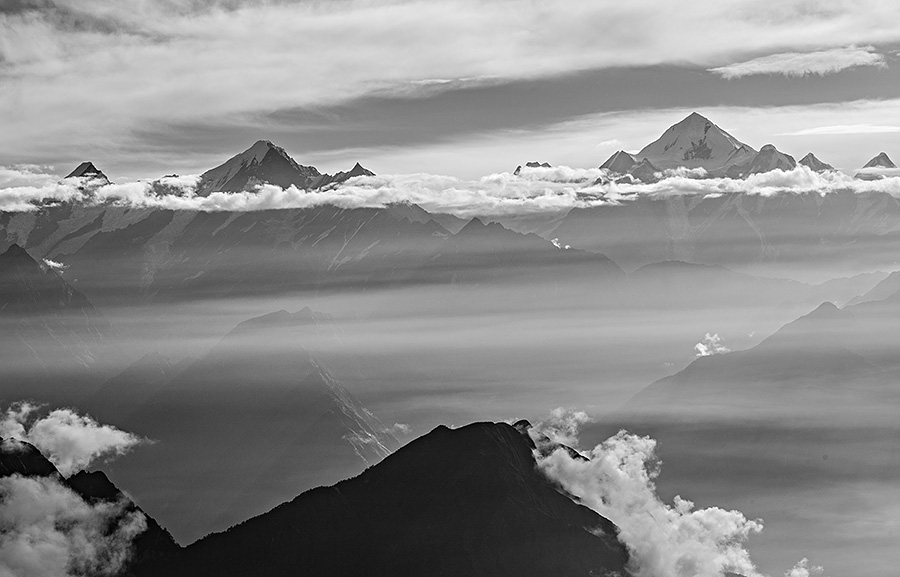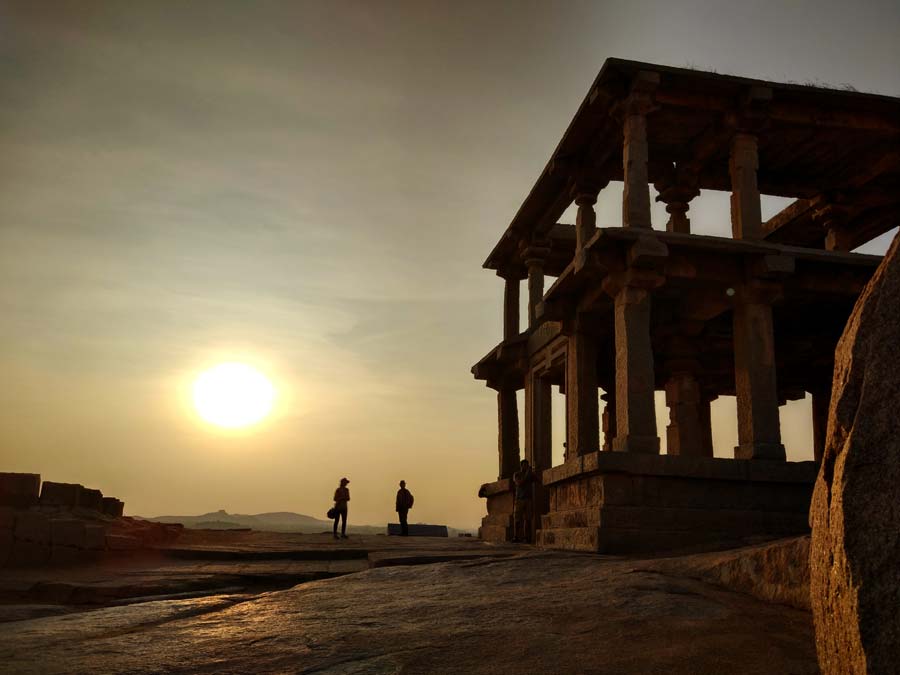Originally posted in medium.com
Kyrgyzstan is a nation defined by its natural beauty. Joyously unspoilt mountainscapes, stark craggy ridges and rolling jailoos (summer pastures) are brought to life by semi-nomadic, yurt-dwelling shepherds— Lonely Planet Central Asia

An Eagle-Hunter in Kyrgyzstan
I was always fascinated about remote and unknown regions of Central Asia’s highlands. Even when there is not so much a thing called ‘unknown’ in today’s world of air travel and internet, the mountainous regions far north of the Himalayas seemed to be away from everywhere. The region always sounded exotic, with its fables of Silk-Route and of marching armies of Chengiz Khan and Timur Leng. Their nomadic settlements in the mountains and fascinating eagle-hunters on their Central-Asian horses were stuff that made for exotic stories.
There are some spectacles of nature that make you loose your senses and gasp in utter wonderment. I was witness to one such moment a month ago – an unmatched show of the Himalayan might and grandeur as the sun shined on the Panchchuli Peaks and clouds wandered around the body of the mountains, dancing to create a spectacle of light and shade that left me breathless. If I were to die that moment, I would end in utter happiness with an expression of winder permanently etched in my eyes. It was a feeling beyond happiness that falls hopelessly short in words.
The previous day, we had walked through relentless rain and thick blanket of fog that appeared to be endless. Raindrops lashed on our umbrellas making loud enough spatter to drown our own voices. The trail was magnificent nonetheless, taking us through carpets of wildflowers in all of the rainbow colours, and rocky wastelands where the brahmakamala bloomed snowy bright. We were often on a no-more-than-a-foot wide walkway that dropped into gorges with invisible depths vanishing into the fog. Each step reminded me the scale of the mountains, shifting my moods from wonder to terror from moment to moment. Small flowers caressed my feet and filled me with joy, forcing each step into a careful act of love while the giant boulders we crossed incited instants of anxiety. We walked all through the day along wet, foggy landscapes without knowing where we were and not seeing where we were headed, without even a glimpse of mountains across the horizon, blinded by the white blanket and wishing to get on the other side of it.

Every bridge is eventually crossed and every storm has to subside. Our wait lasted a full day before the mountains revealed their meridians next morning. We had spent a night camped in the wilderness without realizing the magical landscapes we had arrived into. On the day-break, a shining Mt.Maiktoli smiled at us and blessed us with all that we had longed for. The morning sun cast a pink glow on the soft-white peak, sent a battalion of clouds to dance around the lineup of snow peaks, and asked if he can be of any more service.

More service, I did ask the sun for! Accepting an unusual insight that dawned into me, I climbed up to a steep ridge behind me struggling more than a half-an-hour on a steep ascent where a small slip could well be my last, and landed on another wonderland of light and shade created by the master craftsman that was unmatched to anything that I had seen in all my life’s wanderings. The Panchachuli peaks stood there, right under the sun, in all of their glory exposed. Clouds formed all around them, swiftly changing locations, each time creating a jaw-dropping formation. They formed many varied constitutions and each time seemed to ask me how do they look, and if I wanted more. Of course, I wanted more. And I had no answers to the ‘how do we look’ question; I was numbed by the beauty, my mind had long since stopped working and there was nothing left for me to say or think. I could stop living that moment and never ask for anything more than what I witnessed that resplendent morning!

About three years ago, when I was last in Hampi, I made a few images of the place with a cell-phone camera. I thought they aren’t bad, although they were technically inferior. (See earlier post on Hampi with cell-phone camera).
I was back in Hampi last week, leading our photography tour with a bunch of high-energy folks. I continued to shoot with phone-camera. The technical quality of images have improved, but continues to be a long way from DSLR-like image quality. But they are now perhaps reasonably good for small-screen viewing, and you may not find evident technical issues in a small screen.
Here is a collection of images I made. The important trick shooting with a phone-camera, I realize, is to not go after challenging situations, avoid tricky lighting, keep it simple and pay more attention to composition. For those who can’t stop asking ‘what camera?’, this is a new not-yet-in-the-market phone-camera devised through cutting edge research on a project conceived by a consortium of phone makers and camera companies to create unparalleled next-generation high fidelity mobile imaging solutions, provided to me on early access. For those who have feet on the ground (which is pretty much everyone who is reading this, including you, I am sure): the last set of images in 2014 were shot with a Samsung S3 and the ones below are made using a Xiaomi MI 5.
This tour was fun. It was open exclusively to people who had attended our tours and workshops in the past. Interacting with all the regular travellers, three days flew-by in no time!

Among all the places that I photographed in Hampi, Hemakuta Hill was probably the most photogenic and yielded well for photography with a fixed focal-length lens. Above image of one of the much-photographed two-storey Mantapa was made at Hemakuta.




